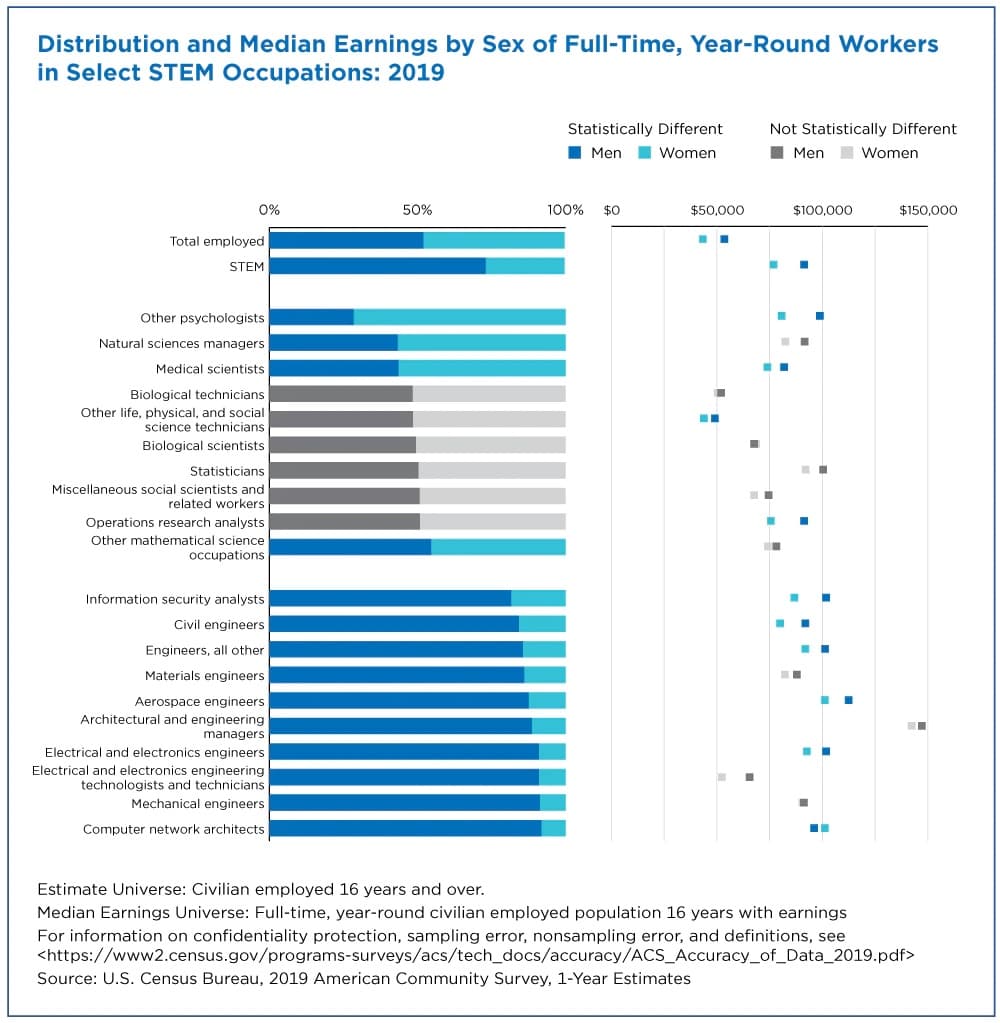STEM Workers Earn 2.2 Times More Than Non-STEM Counterparts, Data Shows

Recent data from the U.S. Bureau of Labor Statistics (BLS) and the National Science Foundation (NSF) indicates that individuals in Science, Technology, Engineering, and Mathematics (STEM) fields consistently earn significantly higher wages than their non-STEM counterparts. This finding comes amid ongoing discussions regarding the value of technical skills and the role of skilled immigration in the American workforce.
According to May 2023 BLS data, the median annual wage for all STEM occupations was $101,650, more than double the $46,680 median for non-STEM jobs. The BLS further reported that STEM employment is projected to grow by 10.4% between 2023 and 2033, nearly three times faster than non-STEM job growth. The NSF's 2021 data also showed that full-time, year-round STEM workers earned a median of $69,000, which is $19,100 more than non-STEM workers.
Connor O’Brien, a commentator on economic and labor issues, highlighted this disparity, stating in a recent social media post: > "Whether by occupation or degree field, avg or median, STEM earns a big premium over non-STEM." O'Brien's comments underscore the financial benefits associated with pursuing STEM careers.
O'Brien also cautioned against misinformation that could deter young Americans from these lucrative fields. He noted, > "In their zeal to gut skilled immigration, pundits will wrongly convince many American kids that technical skills don’t pay." This statement points to a broader debate about the perceived impact of skilled immigration on domestic STEM wages and the importance of accurate career guidance.
Experts generally agree that STEM fields offer robust career opportunities and competitive compensation, making them attractive pathways for students. The consistent wage premium suggests that investments in technical education continue to yield substantial returns for individuals.